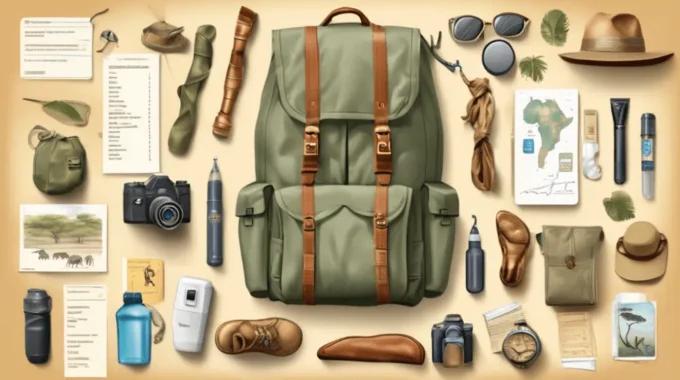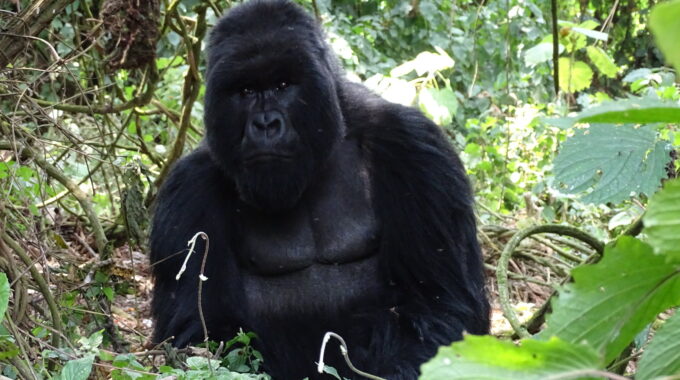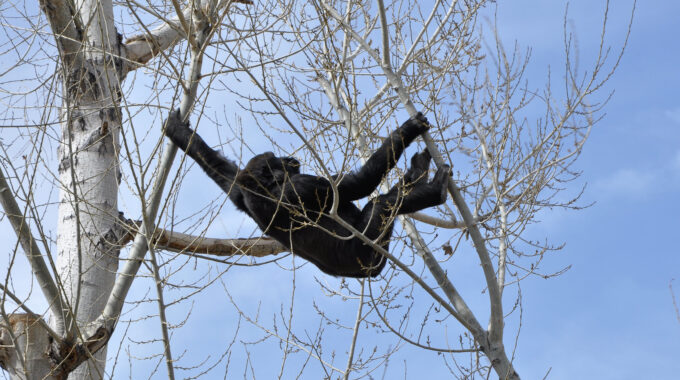10 Essentials Our Travel Experts Always Bring on Safari A safari is an exhilarating expedition. Rest…
How difficult is gorilla trekking in Rwanda?
How difficult is gorilla trekking in Rwanda? –
Gorilla trekking in Rwanda is an unforgettable experience that offers travelers the rare chance to observe endangered mountain gorillas in their natural habitat. This activity, however, requires physical effort, preparation, and mental resilience. The difficulty level of gorilla trekking varies depending on individual fitness levels, trekking conditions, and other environmental factors. Below is a detailed exploration of the challenges and rewards associated with this unique adventure.

Factors Influencing Trekking Difficulty
- Terrain and Altitude
Gorilla trekking in Rwanda takes place in Volcanoes National Park, a region dominated by the Virunga Mountain range. The terrain is rugged, with steep slopes, dense vegetation, and uneven paths.- Altitude: The park sits at elevations between 2,400 and 4,507 meters (7,874 to 14,787 feet) above sea level. Higher altitudes can cause shortness of breath and fatigue, even for those in good physical condition.
- Trail Conditions: The trails can be muddy and slippery, particularly during the rainy seasons (March to May and October to November). Trekkers may have to navigate over rocks, fallen trees, and dense undergrowth.
- Trekking Duration
The trek to find gorillas can last anywhere from 1 to 8 hours, depending on the location of the gorilla family being tracked. Guides often communicate with trackers in the field to locate the gorillas, but the hike to their location is unpredictable and may involve significant walking. - Weather
Rwanda’s tropical climate means weather conditions can change quickly. While the dry seasons (June to September and December to February) provide more stable trekking conditions, sudden rain can make trails slippery and more challenging. - Physical Demands
Trekking involves climbing steep slopes and descending into valleys. While porters are available to carry heavy bags and assist on steep sections, trekkers still need a moderate level of fitness and stamina.
Preparation to Mitigate Challenges
- Physical Fitness
While you don’t need to be an athlete, preparing for the trek by engaging in cardio exercises, hiking, or strength training can be beneficial. Stamina and balance are particularly important for navigating uneven terrain. - Clothing and Gear
Proper attire significantly reduces discomfort:- Sturdy hiking boots: Essential for ankle support and grip on slippery trails.
- Waterproof clothing: Protects against sudden rain showers.
- Gloves: Help protect hands from thorns and vegetation.
- Walking sticks: Usually provided, they aid in stability on steep or uneven paths.
- Mental Preparation
Trekking in the wild requires patience and adaptability. Trekkers must be prepared for long hikes, unpredictable weather, and encounters with other wildlife.
Gorilla Families and Accessibility
Rwanda categorizes its gorilla families based on accessibility:
- Easier-to-reach groups: These are closer to park entrances and require less strenuous hikes. They are ideal for older trekkers or those with physical limitations.
- Difficult-to-reach groups: These may require extended treks deep into the forest, ideal for more experienced hikers.
Park authorities usually assign gorilla families based on the trekker’s fitness level, ensuring a manageable experience for everyone.
Rewards of the Trek
Despite the challenges, the reward of encountering mountain gorillas in their natural habitat is incomparable. Watching these majestic creatures interact within their families, often just meters away, creates a profound connection to wildlife and conservation efforts. The trek also offers opportunities to enjoy Rwanda’s stunning landscapes, including its lush forests and volcanic peaks.
Conclusion
How difficult is gorilla trekking in Rwanda? The difficulty of gorilla trekking in Rwanda depends on various factors, including physical fitness, environmental conditions, and the gorilla group assigned. While it can be physically demanding, proper preparation and a positive mindset can make the trek enjoyable and fulfilling. Ultimately, the once-in-a-lifetime experience of witnessing mountain gorillas in their natural environment far outweighs the challenges of the journey.



